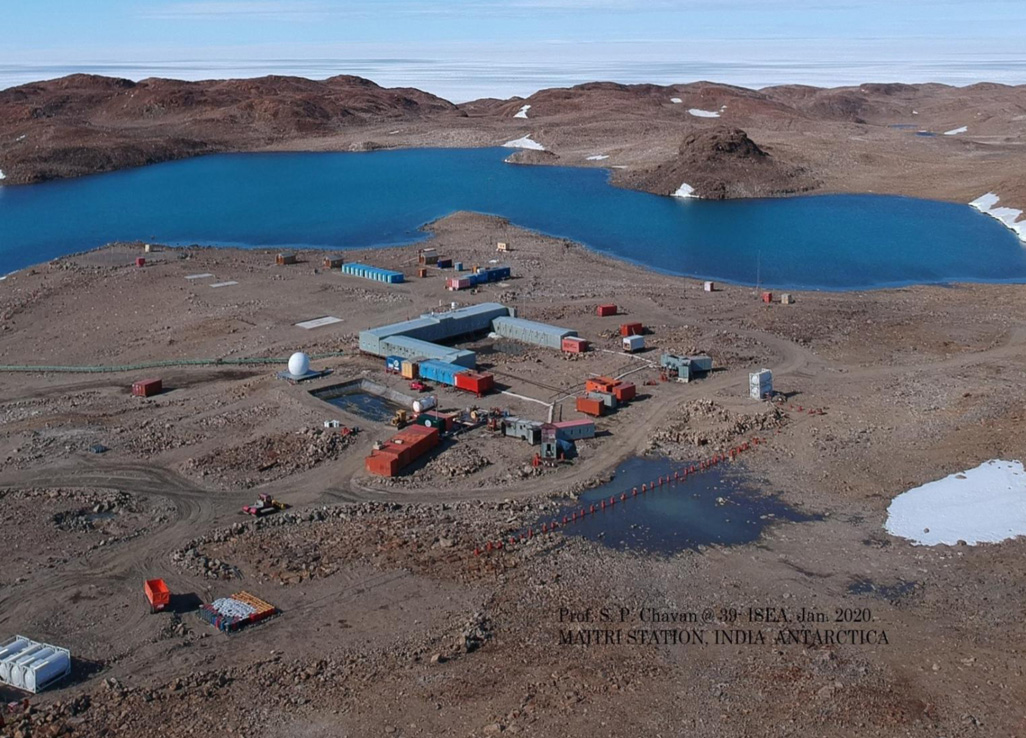Challenges of Inland Transit in India
Published: Sep 30, 2015
Published: Sep 30, 2015

As low carbon emission becomes high on global agenda, using the traditional mode of transport, as the people of the backwaters of Kerala do, becomes imperative.
Keep reading with one of these options :
